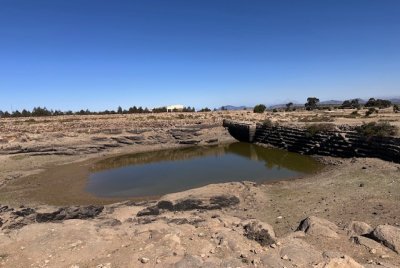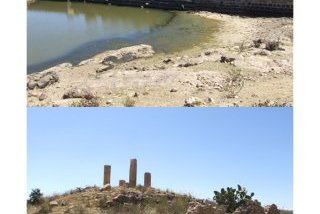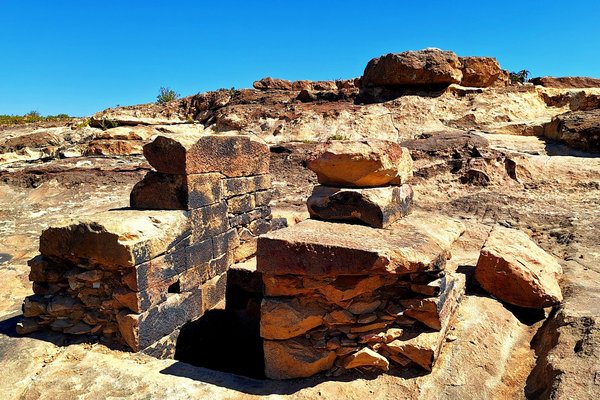Eritrea
Qoahito Cultural Landscape
Site Info
Official Information
- Full Name
- Qoahito Cultural Landscape (ID: 5600)
- Country
- Eritrea
- Status
-
On tentative list 2011
Site history
History of Qoahito Cultural Landscape
- 2019: Preparatory Assistance
- Funding not granted
- 2011: Added to Tentative List
- Added to tentative list
- Type
- Cultural
- Criteria
Links
- UNESCO
- whc.unesco.org
- Related
-
- tegnestuen-raadvad.dk — Site Management Plan for Qohaito
All Links
UNESCO.org
- whc.unesco.org — whc.unesco.org
Related Resources
- tegnestuen-raadvad.dk — Site Management Plan for Qohaito
Community Information
- Community Category
- Cultural Landscape: Relict
Travel Information
Recent Connections
News
No news.
Community Reviews
Show full reviews
Seen in February 2025 on a Lupine groups trip to Eritrea. The group had a bus, but the bus broke down just outside Dekemhare, 38 km out of Asmara. We waited in a “pub” for 2.5 hours, until they found and brought from Asmara three 4WD cars to load us all up. With a few more stops we eventually got to Qohaito at 3 pm, where we visited the following sites: the ancient dam (maybe 2500 years old, see picture, Aksum civilization??), the viewpoint over the canyon, the Egyptian Tomb, Temple of Mariam Wakiro columns and eventually the Adi Alauti cave paintings. We had a Lupine guide, an Eritrean guide and a local guide who actually knew the sites, but didn’t know anything about UNESCO and no details of why that is called the Egyptian tomb or what those 4 columns of the “temple” meant. Some people in the group read about it in Lonely planet Eritreea (last edition 2008), but didn’t remember details. The cave is not a cave, just a space under a rock, beautiful old drawings but difficult to access 30 minutes from where the cars cannot go anymore. The road is definitely a 4 WD and we where thankful that the bus broke down early in our trip because otherwise we wouldn’t have made it. No one on the trip had any idea about the TWHS and the potential value of what we saw. We got back to a town Adi Keyh at 6 pm (maybe …
Keep reading 0 comments
The addition of Qohaito (UNESCO says “Qoahito”) to Eritrea’s T list in Mar 2011 came as something of a surprise to us as we had visited it in late 2006 without being particularly impressed. Of course the site is in a very undeveloped state with very little having been excavated and its significance may well be much greater than its visible remains might indicate!
Interestingly, Eritrea now seems set on nominating it as a cultural landscape covering, inter alia, the archaeological remains of a city dating from around 100-700AD (and, possibly much earlier), together with cave paintings of various periods and today’s landscape as traditionally farmed by the Saho peoples set on a high plateau next to an impressive steep escarpment dropping 2500mtrs to the Red Sea. Indeed the T list description refers with some justification to the “dramatic natural features and great scenic beauty”. Now “Cultural Landscapes” have recently been a successful route for African countries to gain inscription, but the T List description of this site gives the impression of an unfocussed, catch-all approach clutching at anything which might have some significance/value!
Tourists to Eritrea didn’t/don’t visit anywhere outside Asmara without special “permission”. Whilst we were there, the xenophobic and paranoid government had even more reason for suspicion of foreigners as its long term enemy, Ethiopia, was engaged in invading Somalia in support of the Transitional Federal Government against the Islamic Courts Union (ICU) and Eritrea was supporting the latter. We had left Asmara …
Keep reading 0 comments
